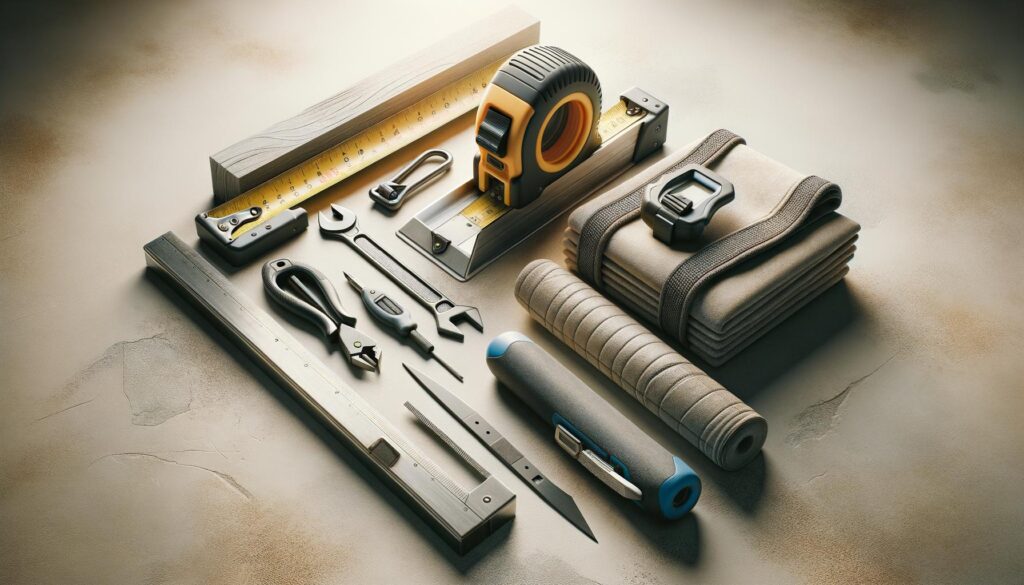Your Comprehensive Guide to Drywall Services

Understanding the Basics of Drywall
Drywall, often referred to as gypsum board, sheetrock, or plasterboard, is an essential material in the construction world. It consists of gypsum—a soft sulfate mineral—sandwiched between two sheets of thick paper. This configuration offers not only a smooth finish but also a flame-resistant layer. While it’s primarily used for constructing interior walls and ceilings, it also serves purposes such as partitioning spaces. Among its many advantages, drywall is known for its quick and economical installation process. This characteristic makes it favorable for both large commercial projects and smaller residential modifications. However, choosing the right type of drywall for your specific needs is crucial, as it affects everything from moisture handling to soundproofing capabilities.
Selecting the Right Drywall Services
Choosing the right drywall service provider plays a significant role in ensuring the longevity and quality of the installed drywall. Numerous factors contribute to this decision:
- Experience: Look for services with extensive experience, as they are often more adept at identifying issues proactively.
- Portfolio: Evaluating a provider’s past projects can offer insights into their expertise and craftsmanship.
- Client Reviews: Customer feedback is a reliable measure of a service’s reliability and quality of work.
- Licensing and Insurance: Ensure that the contractor holds the necessary licenses and insurance to protect against liabilities.
By keeping these aspects in mind, you can ensure that you hire a reliable service provider who meets your specific requirements and budget.
The Drywall Installation Process
The installation of drywall is a detailed process that requires precision and careful execution. A typical installation involves several steps:
- Measuring and Cutting: The drywall sheets are first measured according to the dimensions of the walls or ceilings and then cut accordingly.
- Fastening: These sheets are secured to wall studs or ceiling joists using screws or nails, ensuring a snug fit without gaps or overlaps.
- Taping and Mudding: Joints between drywall sheets are covered with tape and a joint compound to achieve a seamless appearance.
- Sanding: Once the compound dries, it is sanded down to a smooth finish, ready for priming and painting.
This process, while seemingly straightforward, requires expertise to avoid common pitfalls such as misalignment and uneven surfaces.
Repair and Maintenance of Drywall
Like any other construction material, drywall is subject to wear and tear over time. Common issues include cracks, dents, and holes, but fortunately, many of these can be fixed with the right approach:
- Minor Dents and Scratches: These can often be fixed easily with a bit of spackle and paint.
- Holes: For larger holes, a patching process is essential, which involves cutting out the damaged area and replacing it with a new piece of drywall.
- Cracks: These should be addressed with a flexible joint compound to accommodate any future movement in the wall.
Regular inspections and prompt repairs are crucial for maintaining the integrity and appearance of drywall.
Expert Tips for Painting and Finishing Drywall
Achieving a flawless paint finish on drywall requires more than just rolling on a coat of paint. Preparation is key:
- Priming: A coat of primer is essential to seal the drywall and ensure even paint absorption.
- Choosing the Right Paint: Consider the room’s exposure to moisture when selecting paint, opting for mildew-resistant options in bathrooms and kitchens.
- Application: Use high-quality brushes and rollers for a smooth and even finish, applying at least two coats for durability and appearance.
These steps not only enhance the final look but also contribute to the long-term durability of the surface.
Conclusion
Drywall services are integral to creating functional and visually pleasing spaces within any building. Whether you are installing new drywall, maintaining existing structures, or seeking expert advice on finishings, understanding the intricacies involved ensures better outcomes and long-lasting results. Taking the time to select qualified professionals and materials suitable for your specific needs can make a significant difference in the overall quality and appearance of your project.
